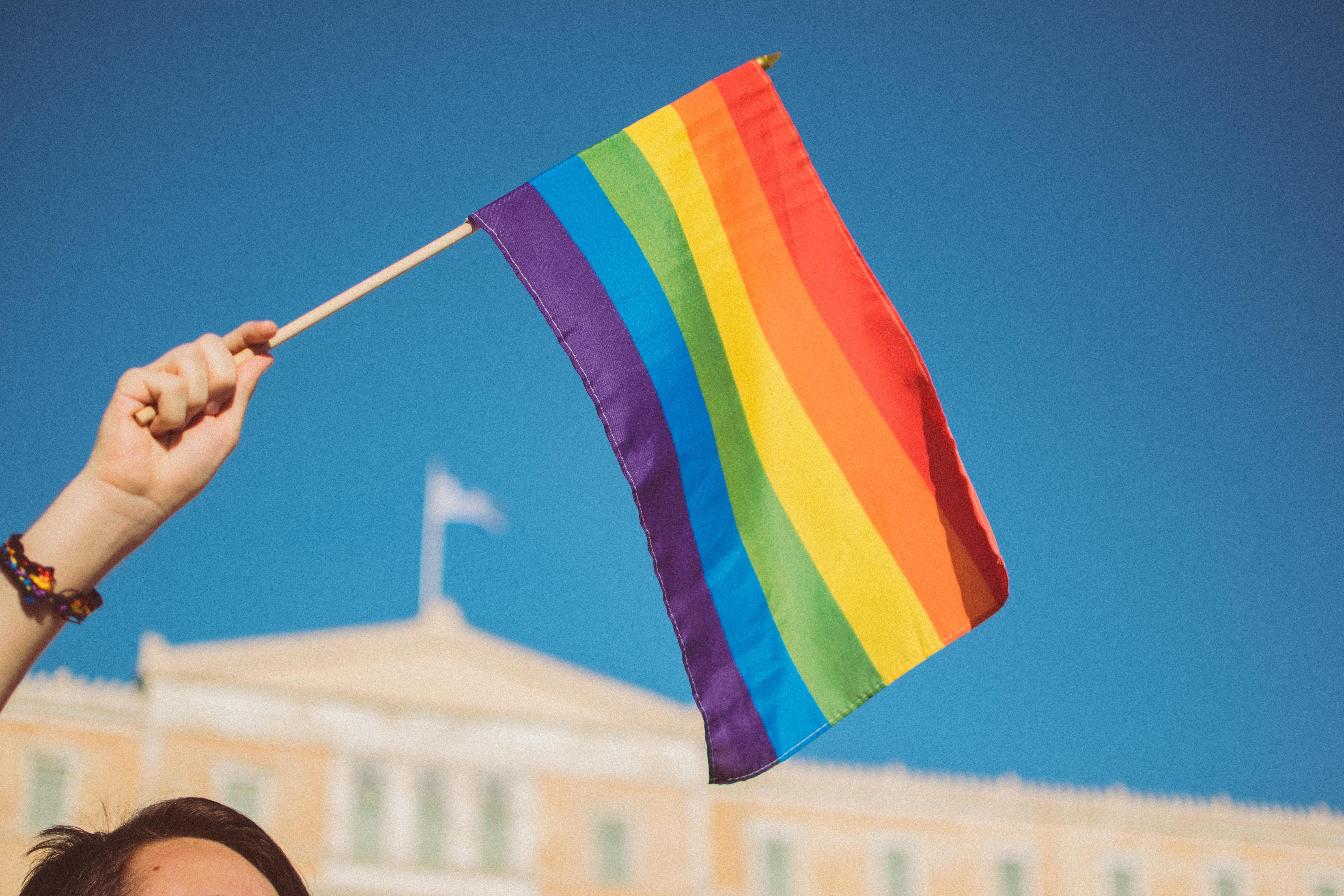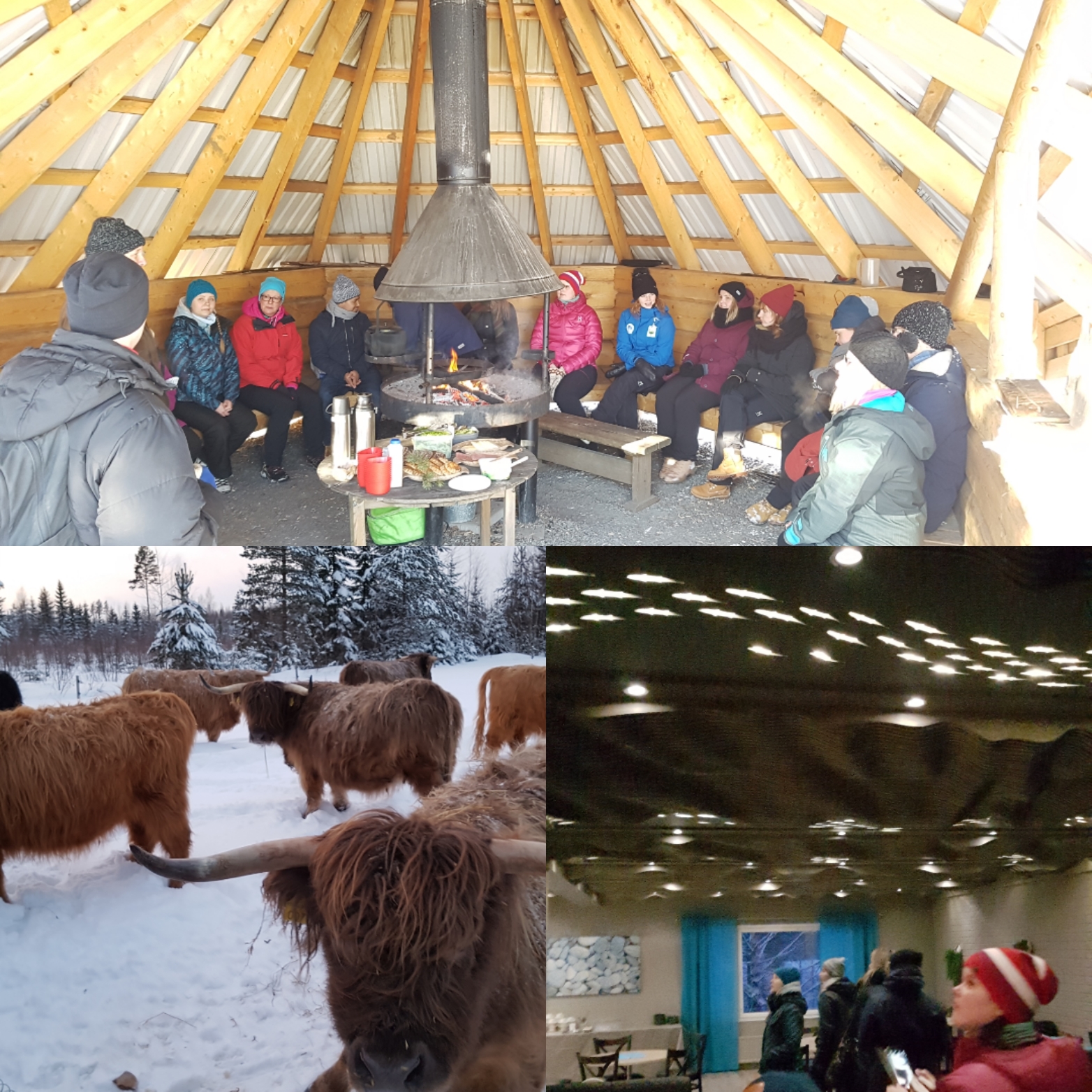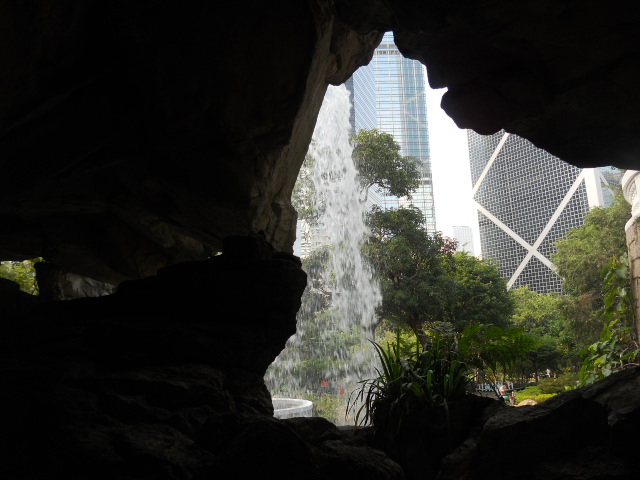Using outcomes of transformative experiences (TE) for enhancing advertising effectiveness
Measuring TE ad performance in comparison to other ads Previous research identified research gaps in enticing potential consumers interested in transformation through appropriate marketing materials as well as in measuring ad-evoked emotions in the context of tourism marketing. The quantitative online study aimed to understand how an ad in which outcomes of TE were included […]

Will blockchain shake the paradigm of tourism?
Understand the Blockchain Traditionally, when referring to information and communication technology, we are familiar with the concepts of the Internet of Things (IoT), robotics, contactless technology, and social media since these technologies are highly implemented in our everyday life. Conversely, when blockchain is addressed on the table, we tend to avoid this concept due to […]

How a starting tourism business creates customer value by adopting digital marketing technology?
How a new tourism business creates customer value by adopting digital marketing technology? Everybody is online today and everybody is expecting all the noteworthy and legitimate running businesses to be there as well. If the consumer can not find your online presence the chances are your business goes unnoticed. Even worse it builds an image […]

5 key learnings for a destination marketer
In the spring semester 2020 I attended a very interesting course called Destination Marketing, which is a part of the Tourism Marketing and Management master’s programme. The course gives an overview on different aspects of destination marketing in the rapidly changing world and offers interesting content for anyone interested in destination marketing. Here are my 5 key learnings from the course: Destination vs a company Traditional […]

How has technology influenced the rise of LGBT tourism?
What is LGBT tourism all about? LGBT tourism is the process of tourism product and service development and marketing that caters the needs of lesbian, gay, bisexual or transgender people. This specific segment of tourism provides opportunities to select destinations, accommodations, transport, events and so on, which are LGBTQ+ friendly. These create options […]
DTTT Global 2019, Day 2
The second day (Read about the first day here) of DTTT was all about technology and digitalization. What we can learn from data and how we can benefit data in place branding, leading and marketing. Lead with data. Do marketing with it, learn from it, optimize – optimize – optimize – then do it again. […]
Tourism Marketing and Management to start studying extraterrestrial tourists
Today is an excellent day to launch our new mission: we will focus now on how to make our world more hospitable for extraterrestrial tourists. There have been concrete sightings of UFOs for decades, clearly suggesting that we are constantly being visited by extraterrestrial aliens. In 2017 we at Tourism Marketing and Management programme started educating […]
The most important concept in destination marketing?
What is a concept or a term that every destination marketer should know and understand about destination marketing? I think I found it. It is very catchy. A bit marketing-oriented even. Quickly thought, something far-fetched? But coherent and makes a lot of sense when thought more deeply. It gathers up something very wide in one […]

TMM developing tourism business at Etelä-Konnevesi region
Our International Master’s Degree Programme in Tourism Marketing and Management (TMM) has started a collaboration with municipalities of Konnevesi and Rautalampi and tourism stakeholders in the region. The concrete first step in this collaboration was a two-day workshop on developing nature tourism in the Etelä-Konnevesi region, organized in Konnevesi research station 14.-15.3.2018. Together with Anne […]

Complexity of academic research
To understand the world I’ve started my university (academic research) studies this autumn. I´m 32 years old, and I like my age. At least for me, the somewhat life experience gives a better feeling in this rather complex overall feeling that I am having at the moment. I will get back to this later. I’ve […]